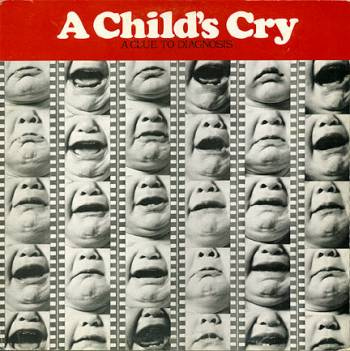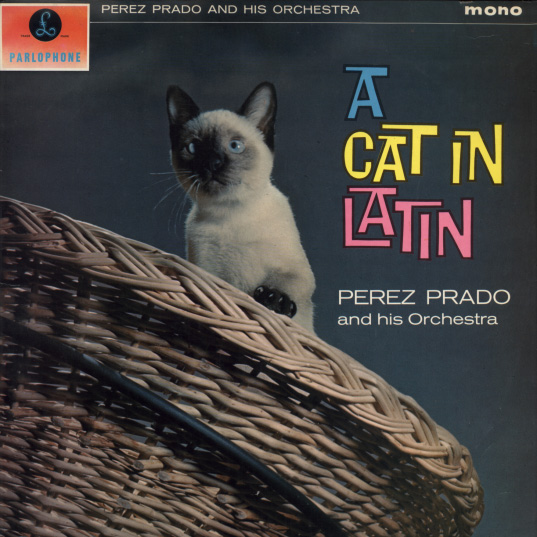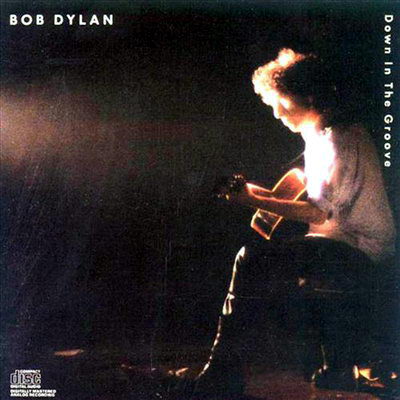This is a music review, but also a commentary.

Dolly Parton – Rockstar – Dolly got inducted last year into the Rock and Roll Hall of Fame, and I can’t understand why. Her non-country hits were largely pop-oriented, and songs like “9 to 5” have crossed over into the pop charts, but it’s not rock. Now at age 77, she has produced this new album called Rockstar, consisting mostly of her singing covers often with the musician that composed and wrote the song. She teams up with lead singers from The Beatles (surviving members Starr and McCartney both show up), as well as the lead musicians from CCR, Heart, Aerosmith, Blondie, and solo artists like Joan Jett, Peter Frampton, Miley Cyrus, Elton John, and, well, generally a star-studded cast of musicians. I think it will sell multi-platinum because of the big-budget appearances of nearly every surviving rock musician that is about her age, showing up and performing with her. Just in time for Christmas shopping. At 2 hours and 21 minutes, its 31 tracks are a bit of a slog, and the equivalent of a triple LP if it comes out in that format. Not my cup of tea, though.

Anything recent by Taylor Swift — On iTunes “Top Pop Albums” collection, there are five albums by music billionaire Taylor Swift, and at least two of them have more than one version: Lover, 1989, Midnights, Red, reputation. Taylor Swift occupies 10 positions on the top 200 album list this week. This has been more or less verified on Billboard’s Hot 200 Albums. Apart from titles already mentioned is her 2020 album Folklore at #16; Evermore, another album from 2020 at #38; Speak Now, a revised version of a 2010 album at #41; and Fearless, an album from 2008 at #96. In case you are awake, and counted only 9 albums, 1989 appears twice: Once at #1 and once at #48. The version at the #1 position is a recent revised version. While much of these have gone multi-platinum, still not my cup of tea. She occupies about 16 positions on Billboard’s Hot 100 Singles.
I also noticed this by other artists: Drake has 8 albums on the top 200; Morgan Wallen has three; Billie Eilish and Rihanna have two each. 25 albums on Billboard this week are held by 5 artists. Dolly Parton has not charted yet with Rockstar, which was released only yesterday.
On Billboard, I noticed Fleetwood Mac’s 1976 album Rumors is at #40 on the top 200 albums this week. #1, the greatest hits comp by The Beatles released in 2000, now over 2 decades old, has just re-entered at #149. AC-DC’s Back in Black, an album that will soon be 44 years old, also re-entered at #160; Eagles’ Greatest Hits 1971-1975, an album our family had on 8-track, is now at #176; Abba’s 1992 Abba Gold Greatest Hits, is one below the Eagles at #177; Fleetwood Mac’s 1988 Greatest Hits is at #197; Bob Seger’s 1994 Greatest Hits is at #163. Oh, and I have to mention: at #195, Elv1s: 30 #1 Hits, a 2002 album of 60 and 70 year-old hits which peaked at #1.
Our musical favourites as a culture has become a rehash of old music that is older than most of the consumers buying the music. By sharp contrast, one of the craziest things I have noticed about all this new music record companies are putting out: it’s shit. People just want to buy the old stuff. Today’s music is so bad in fact, that when a half-decent performer like Taylor Swift comes out, she dominates the charts more than The Beatles ever did in their prime. It is not because of any merit of Taylor Swift (I say, at the risk of offending Taylor Swift fans); it is more because of the utter lack of competition from other capable artists. I don’t feel that today’s artists are less talented than they were during the 70s; it is just that companies are not investing in their talent like they used to. Recording companies will invest in the odd musician and invest in them more if they will toe the corporate line. Talent is not as much of a driving factor as it used to be.
Visits: 597










 Sorry. I succumbed to the lolcat craze. Enjoy.
Sorry. I succumbed to the lolcat craze. Enjoy.


















